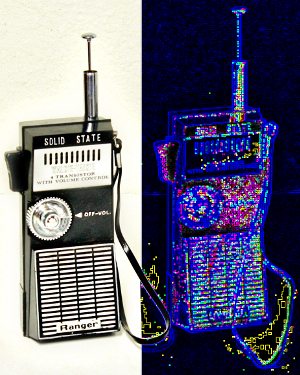Radio issue back-dated
 The NSW Government may have known about digital radio system issues long before an interruption last week.
The NSW Government may have known about digital radio system issues long before an interruption last week.
According to a confidential document, officials in the NSW government were alerted a year ago that parts of the digital train radio system that failed last week were outdated.
The report, dated March 24th of last year, reportedly shows that components of the system were “obsolete” and that staff training and funding had been reallocated to address the issue.
The failure of the digital radio system caused the entire Sydney train network to shut down last Wednesday, leaving tens of thousands of peak-hour commuters stranded. It took over an hour for services to resume after the failure.
Premier Dominic Perrottet has rejected suggestions that the failure was predictable, claiming that it was a “unique situation that occurred”.
He stated that maintenance was not an issue and that the digital system that went down was not old, but new. He viewed the fact that NSW transport workers were able to get the system back up and running in one hour and 15 minutes during peak-hour traffic as a positive outcome.
In 2021, Sydney Trains had allegedly identified parts of the system that would become obsolete in the next five years, and Transport for NSW and Sydney Trains were working together on a plan to upgrade the train radio system's technology.
According to a Sydney Trains spokesperson, the technology implemented in 2016 was stable and widely used across railway systems in Australia and worldwide, and upgrades were a regular part of ongoing maintenance.
The spokesperson said a backup analogue radio was an approved alternative means of communication and its use was not uncommon. Drivers are now being provided with handheld radios in case of future communications failure.
The train services report plan for the years 2022-2023 and 2030-2031 pointed out “age-related condition issues” with the operational technology and heavy plant and equipment.
Many have criticised the maintenance backlog for the year 2021-2022, which increased to $670 million from $440 million in the prior two years.








 Print
Print